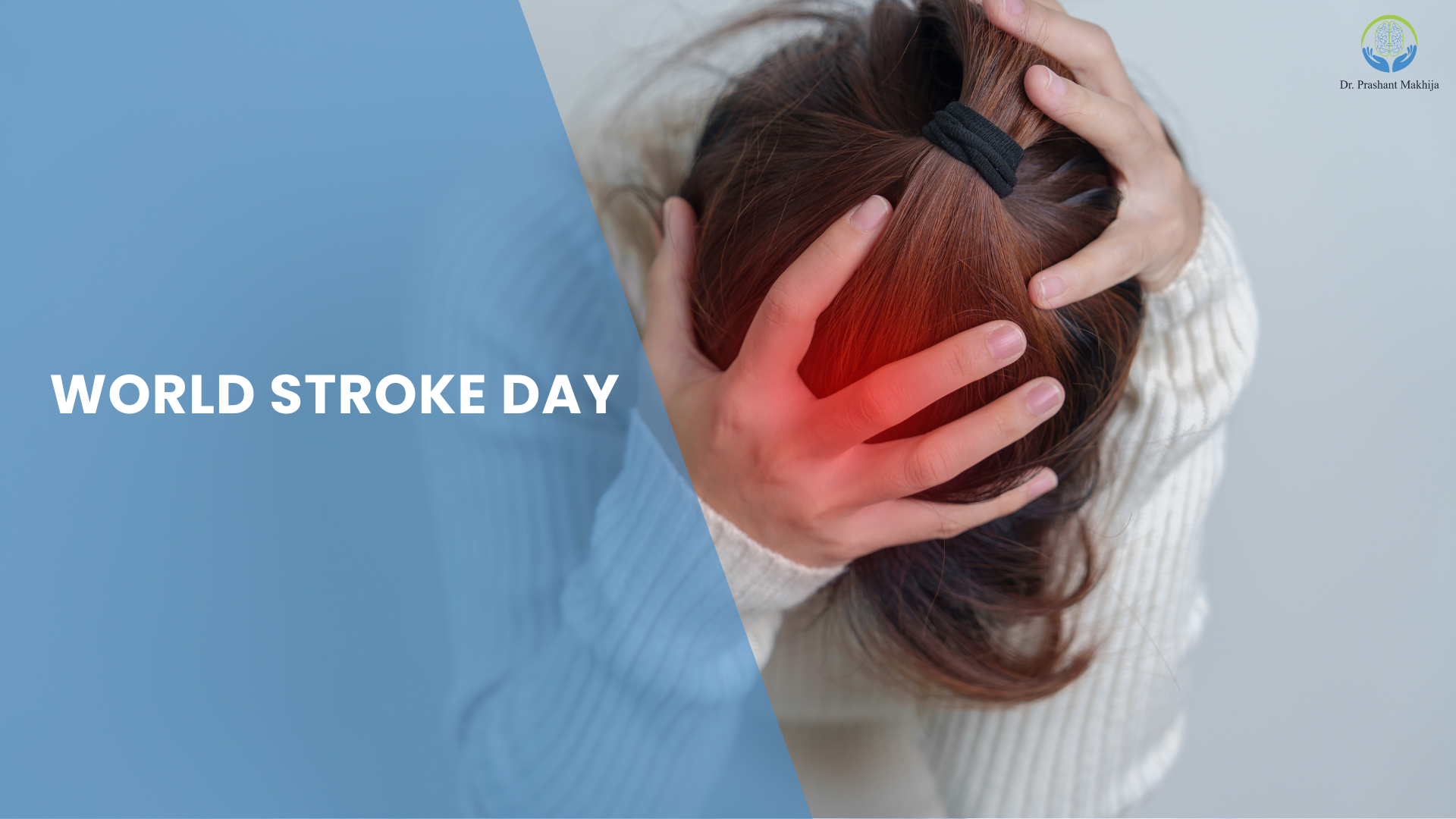As a neurologist, I’m committed to spreading awareness about stroke—one of the primary causes of disability and death globally. This year, World Stroke Day, observed on October 29, centers around a powerful theme: “#GreaterThanStroke.” Through this theme, we harness the inspiring potential of sports and physical activity to rally communities worldwide in the fight against stroke. The campaign encourages us to stay proactive about our health, emphasizing that together, with awareness, prevention, and recovery support, we can reduce stroke’s impact on lives and communities.
What is a Stroke?
A stroke happens when blood flow to the brain is interrupted, either from a blockage (ischemic stroke) or a blood vessel rupture (hemorrhagic stroke). When brain cells lose access to oxygen and nutrients, they begin to die within minutes, often causing long-term physical and cognitive impairments. Recognizing the signs of a stroke and acting quickly is vital to minimizing damage and improving recovery outcomes.
Recognizing Stroke Symptoms with FAST
Knowing the warning signs of stroke can make a life-saving difference. The “FAST” acronym is an easy way to remember critical stroke symptoms:
- Face: Check for drooping on one side of the face.
- Arms: See if one arm drifts downwards when both are raised.
- Speech: Listen for slurred or unusual speech.
- Time: Time is crucial—if you observe any of these signs, call emergency services immediately.
Immediate treatment is essential, so recognizing these early symptoms is key to improving recovery outcomes.
Why #GreaterThanStroke?
This year’s theme, #GreaterThanStroke, uses the power of sports and fitness to send a strong, unified message. By engaging communities through sports, we can promote active, health-conscious lifestyles that help reduce stroke risk. Physical activity strengthens cardiovascular health, lowers blood pressure, and enhances mental well-being, all of which are critical for stroke prevention.
Preventing Stroke: Key Risk Factors to Address
Stroke prevention is within reach, primarily by managing modifiable risk factors. Here are some key areas of focus:
- High Blood Pressure: The leading cause of stroke, making regular monitoring and control vital.
- Physical Inactivity: Engaging in regular exercise can lower stroke risk by up to 30%.
- Smoking: Quitting smoking significantly reduces stroke risk.
- Diabetes: Keeping blood sugar levels in check is crucial for preventing stroke.
- Mental Health: High stress levels can harden blood vessels, elevating stroke risk, underscoring the importance of stress management and mental wellness.
A balanced diet, regular exercise, and stress management can go a long way in lowering stroke risk.
Recovery and Rehabilitation: The Path to Being Greater Than Stroke
For stroke survivors, the road to recovery is often challenging. Rehabilitation plays a vital role in regaining skills and improving quality of life. Physical therapy, speech therapy, and occupational therapy help rebuild lost abilities, while emotional support and community programs provide much-needed encouragement. Stroke recovery is about restoring independence and adapting to new lifestyles, with support from family, friends, and the healthcare community.
Join the Movement: Be Greater Than Stroke
World Stroke Day 2024 calls us to rise above the limitations stroke imposes. By prioritizing preventive health measures, supporting stroke survivors, and spreading awareness, we can foster a future with fewer strokes and better recovery outcomes. Each step we take—whether it’s improving our lifestyle or helping others understand stroke risks—brings us closer to a world where we are truly #GreaterThanStroke.




